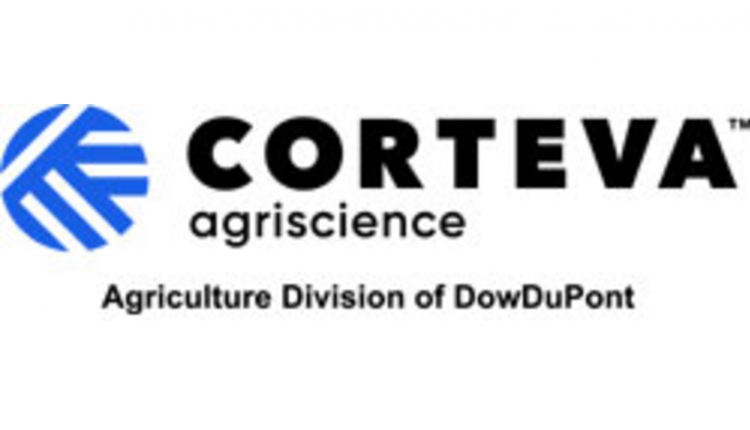Control Pasture Weeds This Fall to Aid Drought Recovery |
|
|
With Weeds Out of the Way, Grasses Reestablish QuickerThis item has been supplied by a forage marketer and has not been edited, verified or endorsed by Hay & Forage Grower.
 Fall regrowth from perennial Canada thistle makes it a good target for control.
“Weeds are opportunistic and quickly appear with moisture,” says Pat Burch, field scientist with Corteva Agriscience™, Agriculture Division of DowDuPont. “Change happens fast. The voids left by declining grass from drought and grazing pressure are prime spots for invasion.” To assess the current condition of your pastures, Burch suggests asking these questions:
 Controlling winter annuals, such as henbit, helps preserve valuable moisture for recovering forage grasses. “It is important to be aggressive against weeds now to reduce competition for moisture and nutrients,” Burch says. “Grasses respond to weed control and put on growth for later availability. Without weed control during periods of moisture relief, such as late summer or fall, weeds capture the site and put even more pressure on the grass base that was struggling through the dry period.” Burch recommends a product with residual control, such as GrazonNext® HL herbicide, for fall treatments. GrazonNext HL controls biennial weeds, such as musk, bull and plumeless thistle and knapweeds, perennial Canada thistle and other weeds, including winter annuals. If wild carrot is in the weed mix, he recommends Chaparral™ herbicide for broader control. “Products with soil residual control help prevent reinfestations,” says Scott Flynn, field scientist, Corteva Agriscience. “This extended control will help stop weeds into next spring, preserving moisture and allowing grasses to get a head start on the weeds.” Grazing strategies Grazing management is just as important after drought as it is during moisture stress. It is important to manage the stocking rate. Don’t rush to restock. Overgrazing during this recovery phase will cause additional harm and hinder recovery. “Reduced grazing pressure and weed control work together during drought recovery,” Flynn says. “There’s no way you can separate the two. With a strategic plan to manage weeds and stocking rates, you can feel confident you’re doing the best job possible to help your grazing acres return to full productivity.”
About Corteva Agriscience™, Agriculture Division of DowDuPont 
Follow Corteva Agriscience™, Agriculture Division of DowDuPont, on Facebook, Instagram, LinkedIn, Twitter and YouTube.
|
